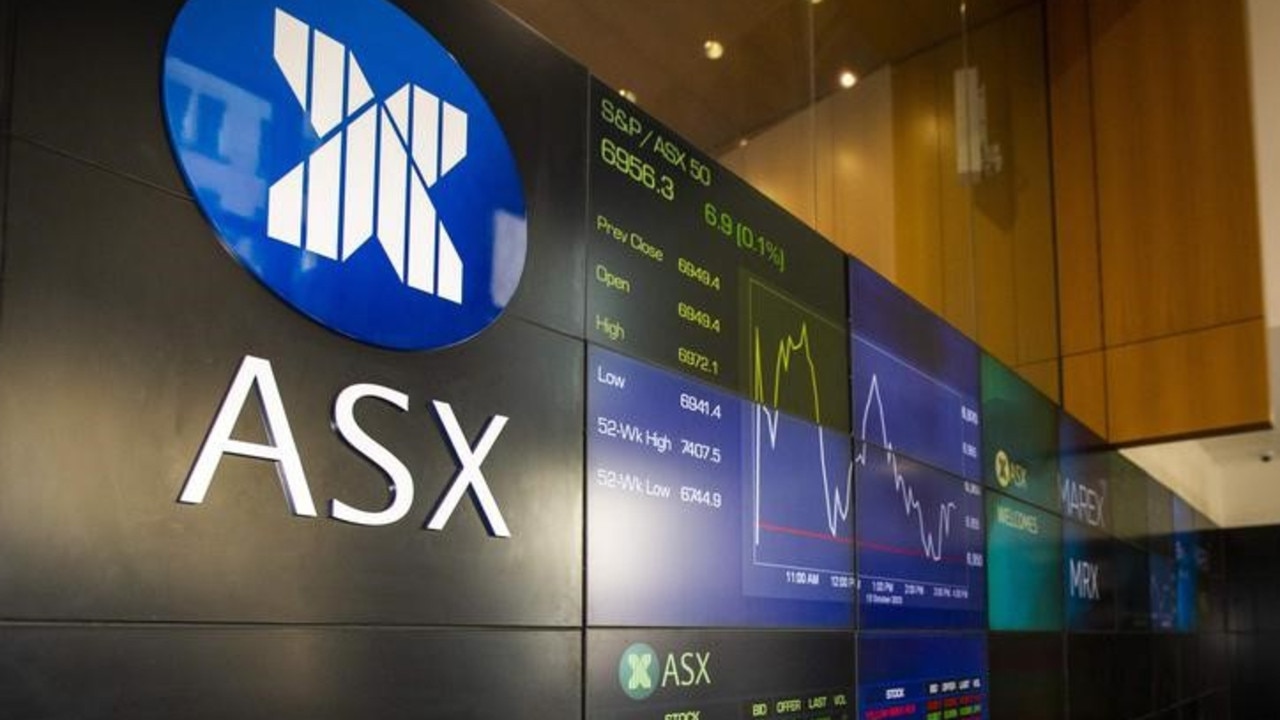RBA holds steady for Christmas
HOME owners should strap themselves in for 2017 year, with experts warning we could see something we haven’t seen in more than six years.

Interest Rates
Don't miss out on the headlines from Interest Rates. Followed categories will be added to My News.
THE Reserve Bank has left the official cash rate on hold at 1.5 per cent in its final meeting of the year, but experts are warning of rate rises in 2017.
“Conditions in the housing market have strengthened overall, although they vary considerably around the country,” RBA Governor Philip Lowe said.
“In some markets, prices are rising briskly, while in others they are declining. Housing credit has picked up a little, although turnover of established dwellings is lower than it was a year ago.
“Supervisory measures have strengthened lending standards and some lenders are taking a more cautious attitude to lending in certain segments.
“Considerable supply of apartments is scheduled to come on stream over the next couple of years, particularly in the eastern capital cities. Growth in rents is the slowest for some decades.”
The RBA has cut rates twice this year, in May to 1.75 per cent and in August to its current historic low. The last time the official cash rate increased was November 2010.
“We haven’t seen much talk of rate rises in over six years, but as 2016 draws to a close we’re starting to see a significant number of predictions that the next RBA rate movement may be in a positive direction,” said Graham Cooke, insights manager at Finder.com.au.
AMP Capital chief economist Dr Shane Oliver, however, said it was “way too early” to be talking about a 2017 rate hike.
“In fact, given the downside risks to near-term growth and inflation along with the Australian dollar remaining too high, we remain of the view that the RBA will cut the cash rate again during the first half of 2017,” he said in a client note.
Tim Lawless, head of research at CoreLogic, said the May and August rate cuts coincided with an aggressive rise in investment activity.
“The reacceleration in housing values in some cities was likely a topic of discussion at the RBA, particularly considering the rebound in dwelling values that has been evident across some cities coincided with the two rate cuts earlier this year,” he said.
“A decision to cut the cash rate to new record lows could add further incentive to investors and owner occupiers which could push housing values even higher.”
On Monday, NAB, Westpac and other banks announced increases to investor loan interest rates of up to 60 basis points in a bid to cover increased funding costs and regulatory requirements.
“We’ve already seen some lenders lift rates independently of the Reserve Bank, including Westpac and Bank of Sydney, and it’s likely this will be a theme in the new year, so mortgage holders may want to consider locking in a competitive rate before the tide starts to turn,” Mr Cooke said.
LJ Hooker chief executive Grant Harrod said borrowers should expect more banks to raise rates independently of the RBA in 2017.
“The next official cash rate movement will be up, but the RBA is unlikely to consider that until March,” he said. “But as we’ve seen with some major lenders this week, the banks have the full capability to adjust their own lending policies, and we’ll likely see more of that in 2017.”
Peter Arnold, data insights director at RateCity.com.au, said mortgage stress was on the rise despite historic low interest rates.
A consumer study by the comparison site has found nearly half (48.6 per cent) of mortgage holders are feeling worse off financially than they were before the rate easing cycle last year.
“The housing affordability crisis is not just a phenomenon for those trying to get into the property market, but it’s a very real issue for a lot of home owners who tell us that they are doing it tough,” Mr Arnold said.
“Fewer than a quarter of borrowers surveyed said lower rates made them financially better off than last year, while only five per cent said their cost of living had improved.
“Nearly 40 per cent of borrowers said their wages hadn’t increased in the last year, which was the biggest factor contributing to their financial strain.”
Mr Lawless said despite inflation tracking well below the 2-3 per cent target band, the RBA had been forced to hold rates steady.
“On one hand the RBA was likely considering the sluggish inflation numbers, the likelihood of a low or even negative economic growth reading when GDP data is released tomorrow, record low wage growth of 1.9 per cent in the year to September and the loss of approximately 50,000 full time jobs in the year to October,” he said.
“In balance, there are plenty of reasons why the RBA would keep rates on hold such as the rebound in housing market strength and housing investment activity, a surge in commodity prices, and potentially a lower Australian dollar as the US looks to increase interest rates.”
The next RBA meeting is on 7 February 2017.
Originally published as RBA holds steady for Christmas



